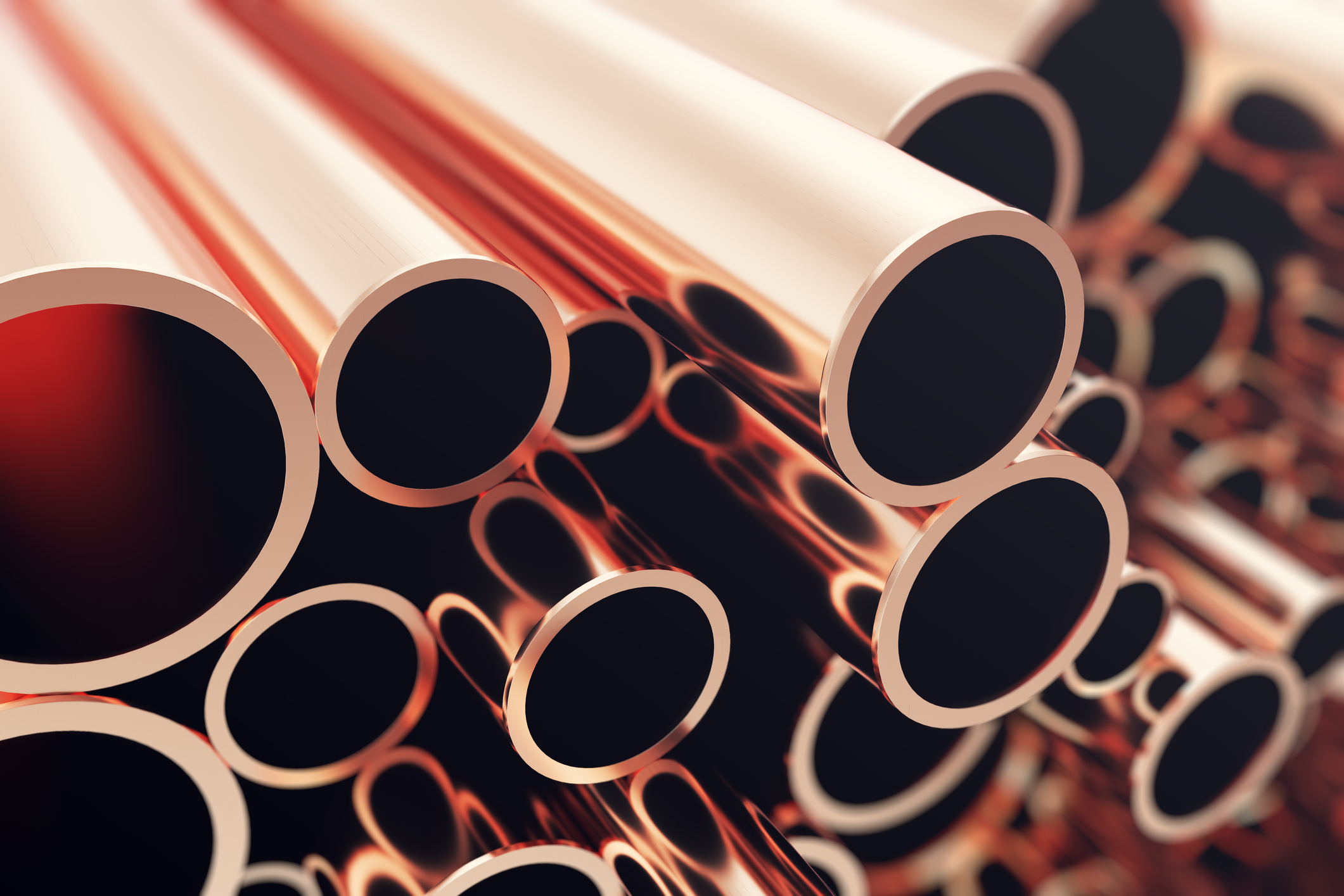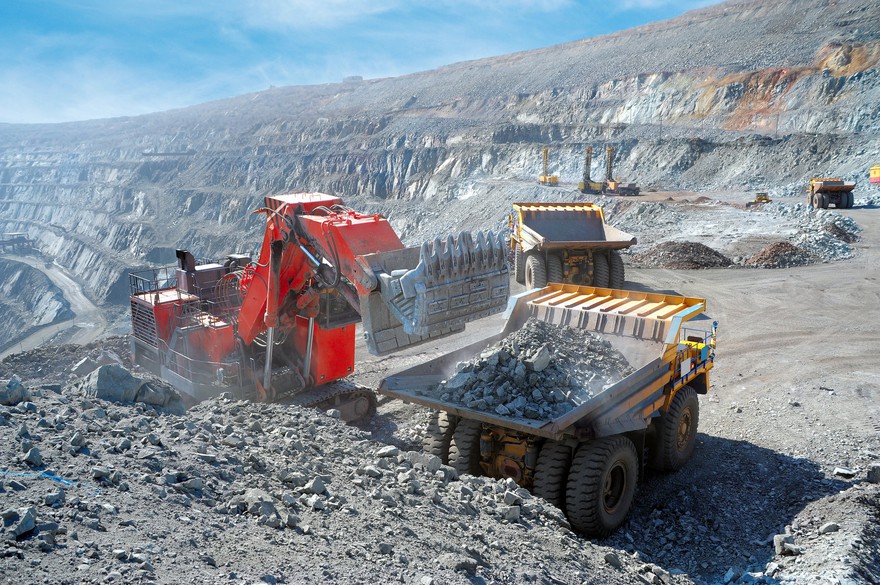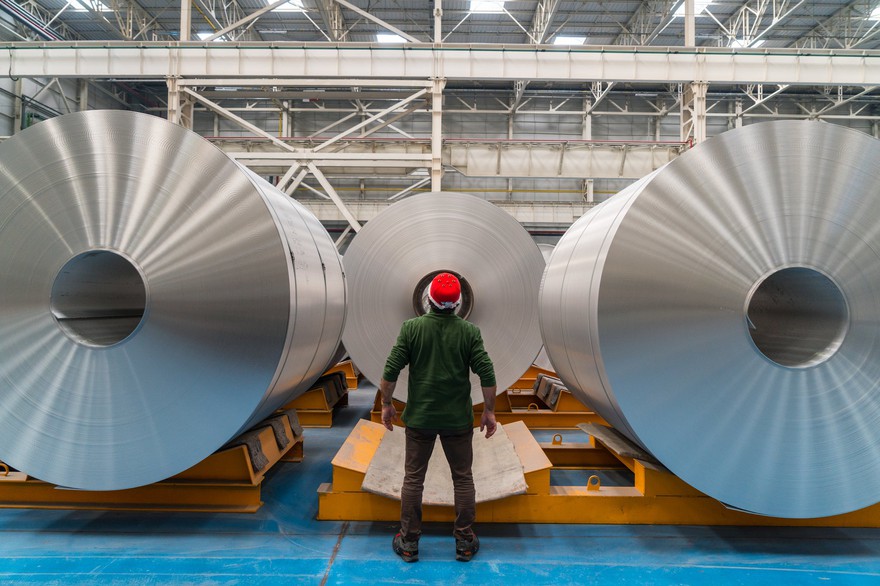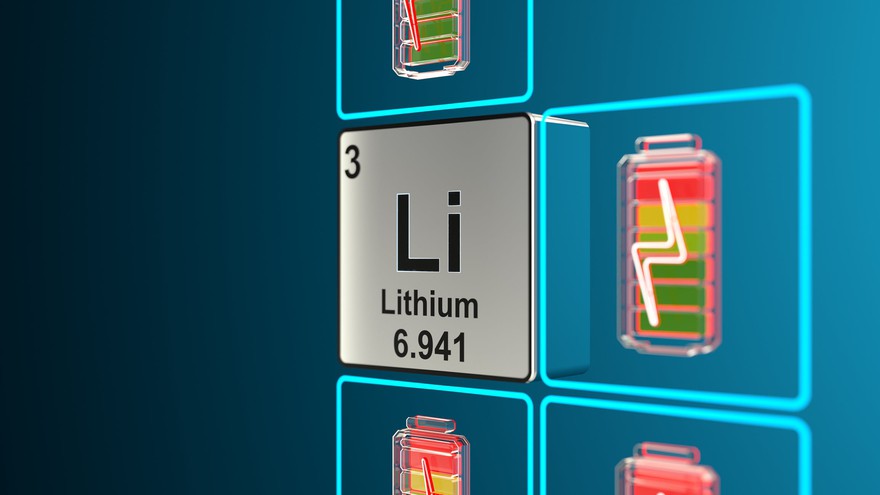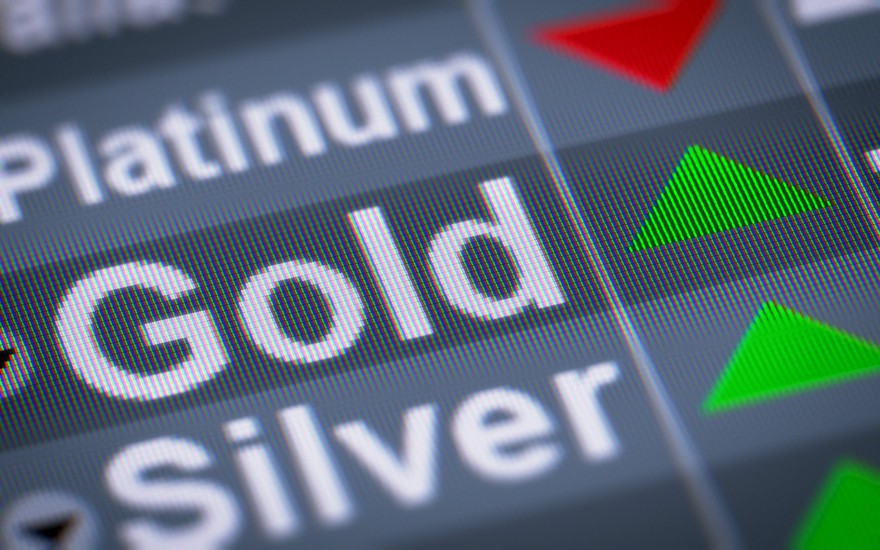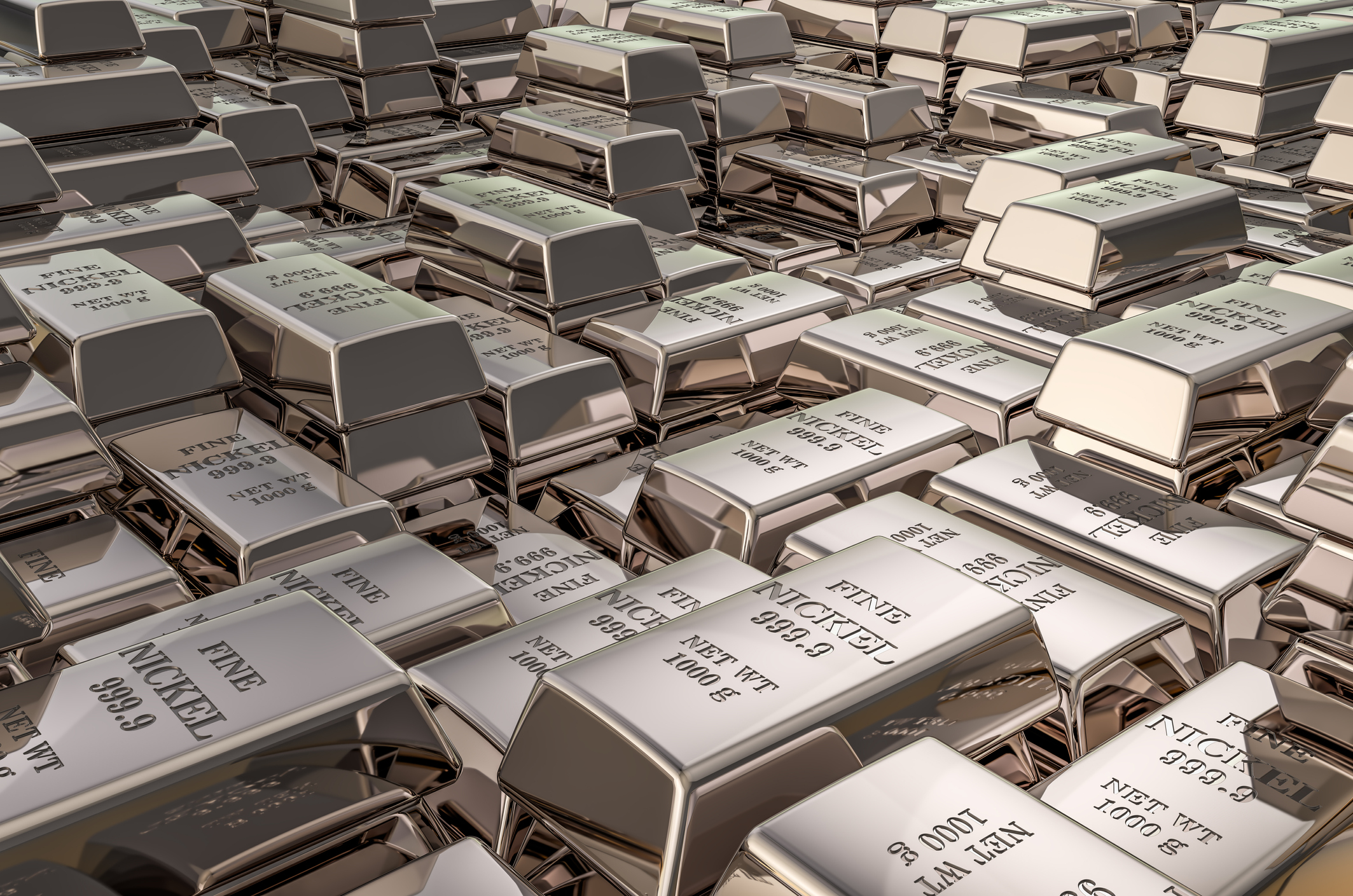Cobalt is a base material used in manufacturing. Usually a byproduct of refining copper or nickel, this element is used in items that include electric vehicle (EV) batteries, industrial equipment parts, and paints.
Particularly due to rising demand for lithium-ion batteries in electronic devices and electric cars, cobalt prices rose steadily during the COVID-19 pandemic. Mining companies increased output in response, leading to a cobalt surplus.
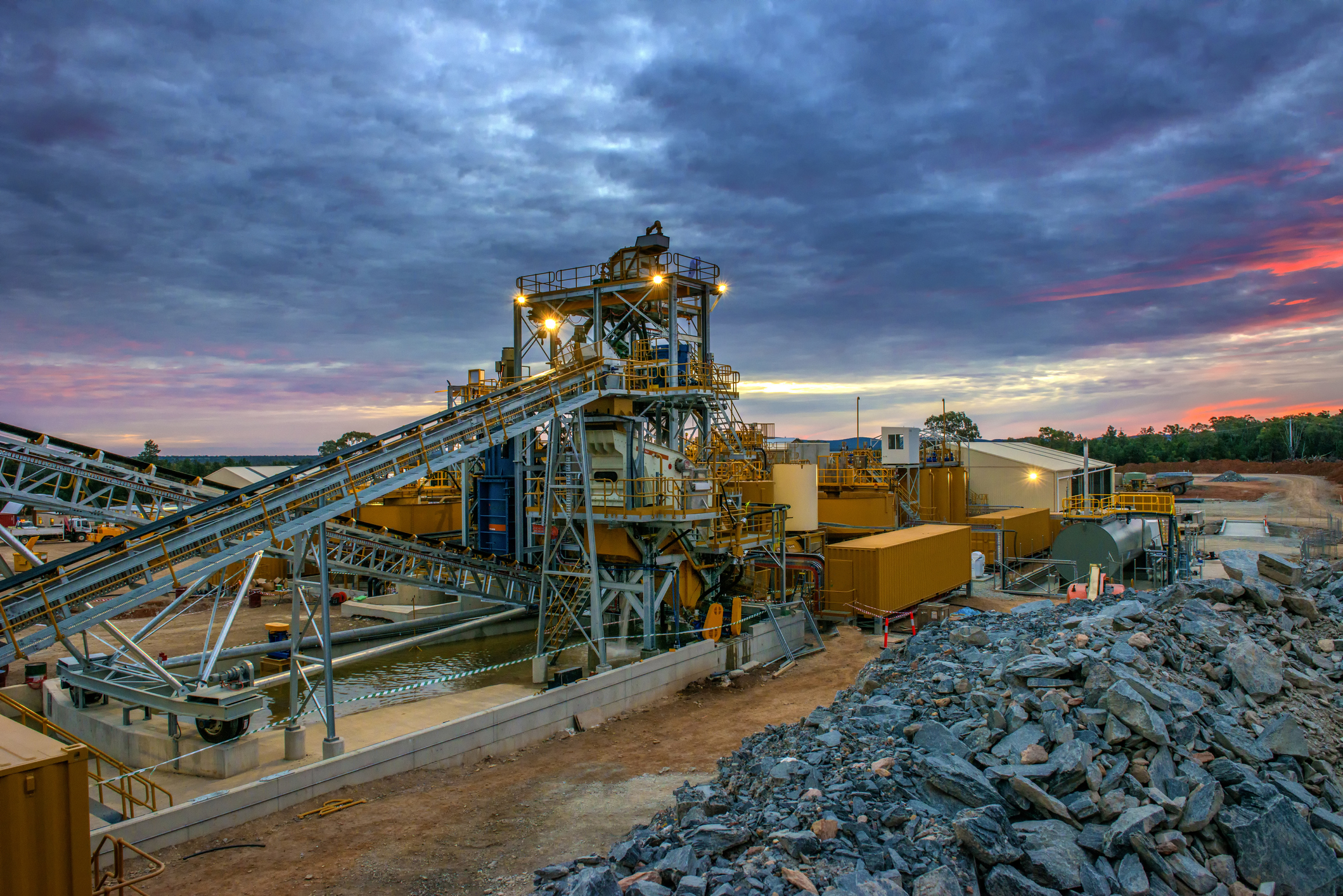
Demand also dropped for several reasons, including the development of low-cobalt batteries and concerns about human rights and environmental abuses in the Democratic Republic of Congo, where more than 70% of cobalt was mined in 2022. As of mid-2024, the spot price of cobalt was down more than 60% from the highs it reached about two years prior.
Facing an oversupply and tanking prices, the Democratic Republic of Congo announced a temporary cobalt export ban in early 2025 that it has extended until September. The ban has modestly increased the price of cobalt by a little more than 20% in the first half of 2025.
Cobalt is used in most EV batteries and has a wide range of applications. Short-term price fluctuations aside, investing in cobalt stocks is worth considering if you believe its widespread use in battery technology and renewable energy will continue.
Top cobalt stocks
Like any other commodity, cobalt prices can be highly volatile. Additionally, since cobalt is a byproduct, there aren't really any pure-play cobalt stocks within the metal mining industry. Many cobalt stocks aren't listed on a U.S. exchange.
One good option is buying shares of an international mining exchange-traded fund (ETF) that invests more specifically in businesses involved in battery tech, such as the iShares MSCI Global Metals & Mining Producers ETF (PICK +0.10%) or the Amplify Lithium & Battery Technology ETF (BATT +0.49%).
Here are seven stocks to watch in 2025 that are involved in the production of cobalt:
Company | Market Capitalization | Description |
|---|---|---|
BHP Group (NYSE:BHP) | $131.6 billion | Based in Australia, this is one of the world's largest mining and materials producers. |
Vale S.A. (NYSE:VALE) | $44.6 billion | Another top mining company, this one is based in Brazil. |
Glencore (OTC:GLNCY) | $50.2 billion | One of the world's largest cobalt companies and miner of other metals used in batteries. |
Freeport-McMoRan (NYSE:FCX) | $65.5 billion | An Arizona-based metals miner and top producer of copper. |
Wheaton Precious Metals (NYSE:WPM) | $41.4 billion | A top precious metals and cobalt streamer. |
CMOC Group Ltd. (OTC:CMCLF) | $24.1 billion | A top cobalt producer based in China, the world's largest electric vehicle market. |
Cobalt Blue Holdings (OTC:CBBH.F) | $16.1 million | A development-stage project that hopes to commercialize cobalt. |
1. BHP Group
One of the world's largest mining companies, BHP Group is an Australian-based company with operations all over the globe. The company mines metals, base materials, and energy. Copper and nickel are among its top products, so cobalt (one of the byproducts of refining these two metals) is naturally mined by BHP.

NYSE: BHP
Key Data Points
In 2021, BHP signed a partnership agreement with AI computing start-up KoBold Metals, which uses algorithms to make decisions on land purchases and exploration. The agreement, which counts Bill Gates and Jeff Bezos among its investors, is designed to help BHP obtain metals, such as cobalt and nickel, used in the manufacture of electric vehicle batteries and other renewable energy projects.
Although mining is a cyclical industry, BHP Group is consistently profitable and tends to generate operating profit margins well into the double-digit percentages.
2. Vale S.A.
Vale is another top producer of metals and base materials. Based in Brazil, it is one of Latin America's largest companies. It is the world's top producer of iron and nickel, as well as a top producer of other metals used in battery manufacturing, such as manganese and copper.

NYSE: VALE
Key Data Points
As a miner of nickel and copper, Vale is also an ancillary supplier of cobalt. It isn't a significant revenue generator for Vale, but the company is nonetheless worth mentioning, given its status as a top miner of basic metals used in all sorts of industries.
Like BHP Group, Vale also benefits from its massive scale. Historically, it has consistently generated some of the best operating profit margins in the mining industry. However, recent volatility in commodity prices has put pressure on its margins.
3. Glencore
Switzerland-based Glencore is another global mining operation. Among its energy, recycling, and mining assets is the production of base metals such as copper, nickel, and, of course, cobalt. In fact, Glencore is one of the world's top producers of cobalt, primarily as a byproduct from its copper mines in the Democratic Republic of Congo.

OTC: GLNCY
Key Data Points
Investors in the U.S. should note that Glencore is not listed on a U.S. stock exchange. Shares can be purchased over the counter as an American depositary receipt (ADR), which represents the stock of a foreign company. There are certain risks involved in owning shares of an ADR. Additionally, Glencore has not generated the same lofty profit margins as peers such as BHP and Vale over the past decade.
4. Freeport-McMoRan
Freeport-McMoRan, based in Arizona, is another global mining and energy company. Freeport-McMoRan is one of the largest producers of copper, which is used throughout the global economy. As a copper miner, cobalt is part of the company's portfolio of assets.

NYSE: FCX
Key Data Points
In 2019, Freeport-McMoRan reached an agreement to sell part of its cobalt venture for $200 million. The company retains partial ownership of the cobalt refining business. Like some other global mining companies, Freeport-McMoRan has historically generated very high operating profits from its mining assets.
5. Wheaton Precious Metals
As its name suggests, Wheaton Precious Metals is an investment in elements like gold and silver. However, it is not a mining company. Instead, Wheaton is a commodity "streaming" company, meaning it enters into an agreement with a mining company to prepurchase all or a portion of the miner's production at a predetermined discounted price.

NYSE: WPM
Key Data Points
In addition to precious metals, Wheaton acquires significant amounts of cobalt. Although not directly involved in the production of base materials like cobalt, Wheaton harbors a valuable niche in the global mining space. It's also very profitable and pays a dividend for investors seeking investment income.
6. CMOC Group Ltd.
China is the world’s largest market for electric vehicles. It is a top user of cobalt as well, and CMOC Group Ltd. (formerly China Molybdenum) is a top producer of the element. In fact, via its copper mining assets in the Democratic Republic of Congo, CMOC Group Ltd. is the world’s second-largest producer of cobalt (which it derives as a byproduct from refining copper).

OTC: CMCLF
Key Data Points
Like some other global mining companies, CMOC Group is not listed on a U.S. stock exchange. Tread lightly before deciding to purchase via the OTC market. As an alternative to buying the stock, funds such as the ProShares S&P Global Core Battery Metals ETF (ION +1.70%) and the iShares Core MSCI Emerging Markets ETF (IEMG +0.15%) hold CMOC Group in their portfolios.
7. Cobalt Blue Holdings
This last company is a penny stock, a common type of listing in the mining industry. Currently, Cobalt Blue Holdings generates no significant revenue. This is an exploration and project development company whose primary concern at the moment is the Broken Hill Cobalt Project in New South Wales, Australia.

OTC: CBBH.F
Key Data Points
If the development of the project is successful, the company hopes commercialization of the cobalt produced at the site can help it become a top producer of raw material for the battery industry. However, the company massively scaled back on the project's scope in early 2024 due to oversupply in the global cobalt market.
This stock is not mentioned as a recommendation. On the contrary, as a development company and a penny stock, Cobalt Blue is a very risky investment with success contingent on the company getting its mining operations online. Use extra caution with companies like this. Nevertheless, if its mine does begin operations, Cobalt Blue could become a key player in cobalt production.
Features to look for in a cobalt stock
If you're considering an investment in a cobalt stock, here are some features to look for:
- Exposure to other metals. Few pure-play cobalt stocks exist because cobalt is overwhelmingly mined as a byproduct of copper and nickel. The primary metals a company mines are more likely to drive profits than cobalt alone.
- Geographic diversity. Almost three-quarters of the global cobalt supply was mined in the Democratic Republic of Congo, a country rife with geopolitical instability. While cobalt mining operations in countries like Canada, Australia, and Finland are relatively minuscule, investing in companies that are exploring mining sites in more stable regions of the globe could reduce risk and offer greater upside.
- Cost efficiency. Investing in companies with low production costs on primary metals can offer some insulation from volatility due to oversupply or falling cobalt demand.
- Partnerships and offtake agreements. Cobalt miners that have secured key partnerships with EV makers, battery manufacturers, or other companies that rely on cobalt often have more stable and predictable sources of revenue.
- Transparency. Because cobalt is often a minor source of revenue, some mining companies don't break out figures like production volume or margins specific to the metal. But if you're interested in investing in cobalt, look for companies that provide such information in detail.
Why invest in cobalt stocks?
Cobalt remains a vital component in rechargeable batteries and semiconductors. Investing in cobalt stocks could have a substantial upside if long-term demand for EVs and clean energy remains strong.
However, cobalt prices tend to be more volatile compared to other metals for several reasons. The global market is relatively small, and it's mined almost entirely as a byproduct, which means supply is less responsive to changes in prices or demand. Moreover, the bulk of the supply comes from the Democratic Republic of Congo, a country with a long history of conflict and turmoil.
Investing in cobalt stocks could pay off in the long run, but it's best-suited for those with a high risk tolerance and long time horizon. If you need more predictable returns or steady dividends, you're better off putting your money elsewhere.
Related investing topics
How to choose the right cobalt stock
Investing in commodity production, such as cobalt, can be challenging. Commodity prices can fluctuate wildly; supply and demand change from month to month and year to year. Stocks of companies that produce such commodities can also fluctuate wildly in price.
Focus on investing in established businesses with a track record of generating healthy profit margins, especially if you are an investor seeking more stable returns or investment income.




